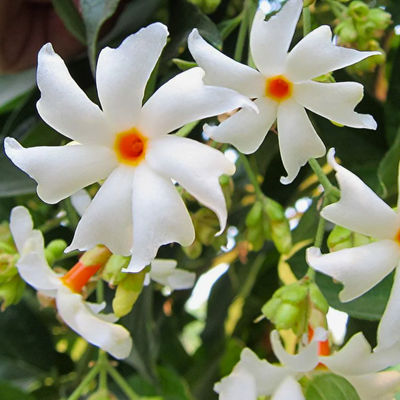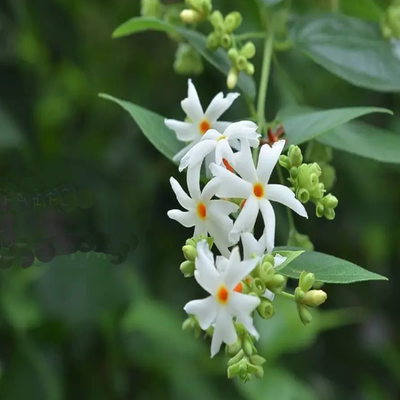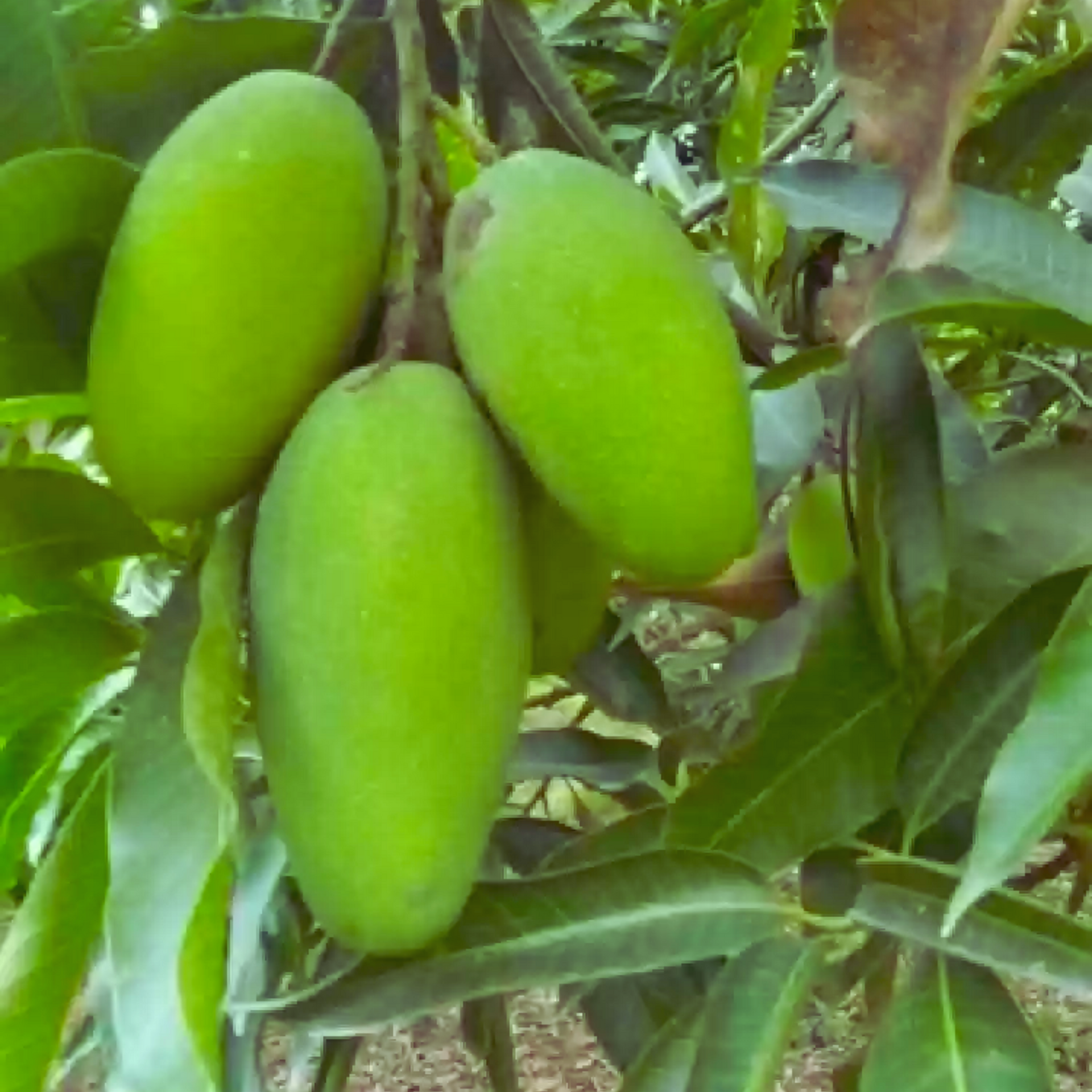
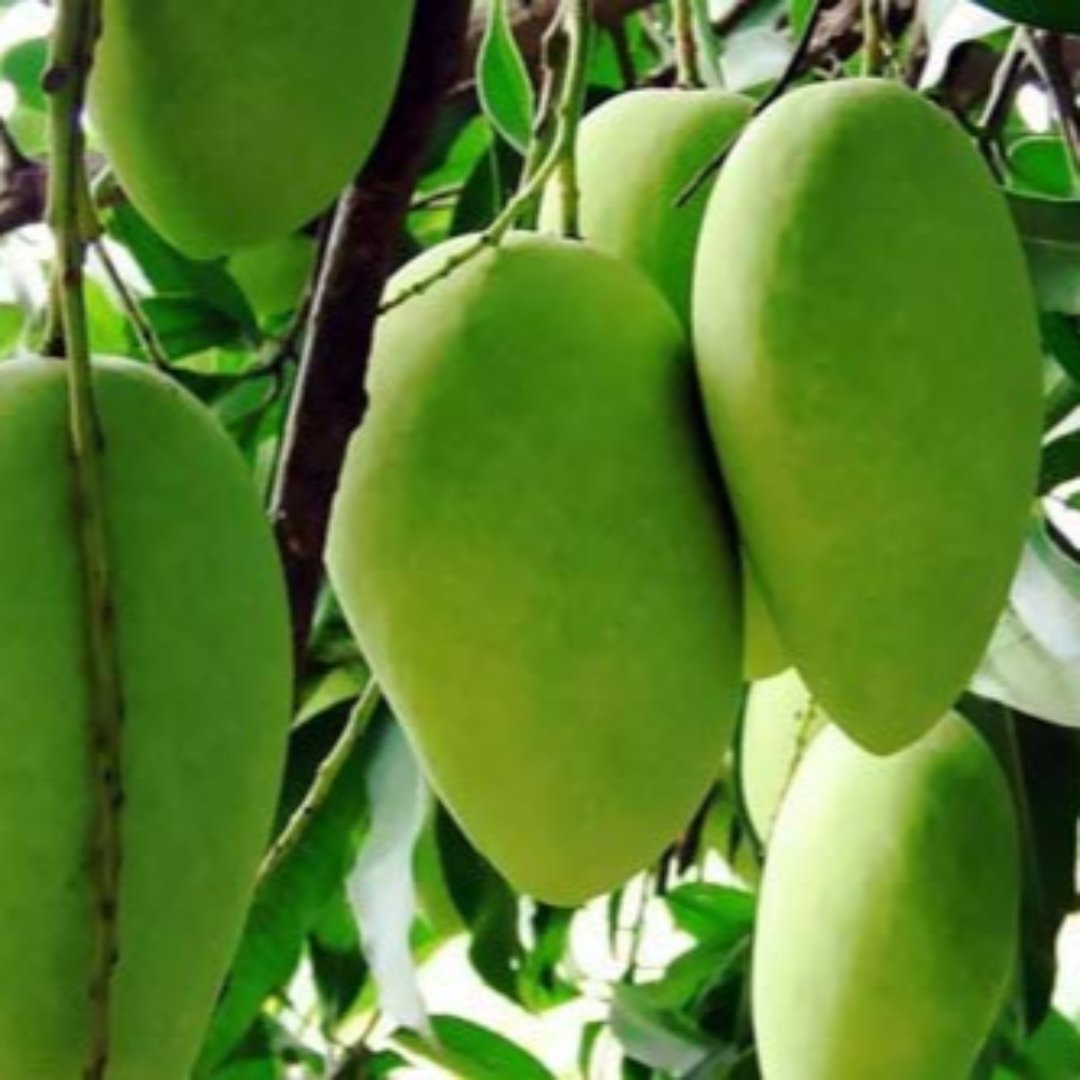

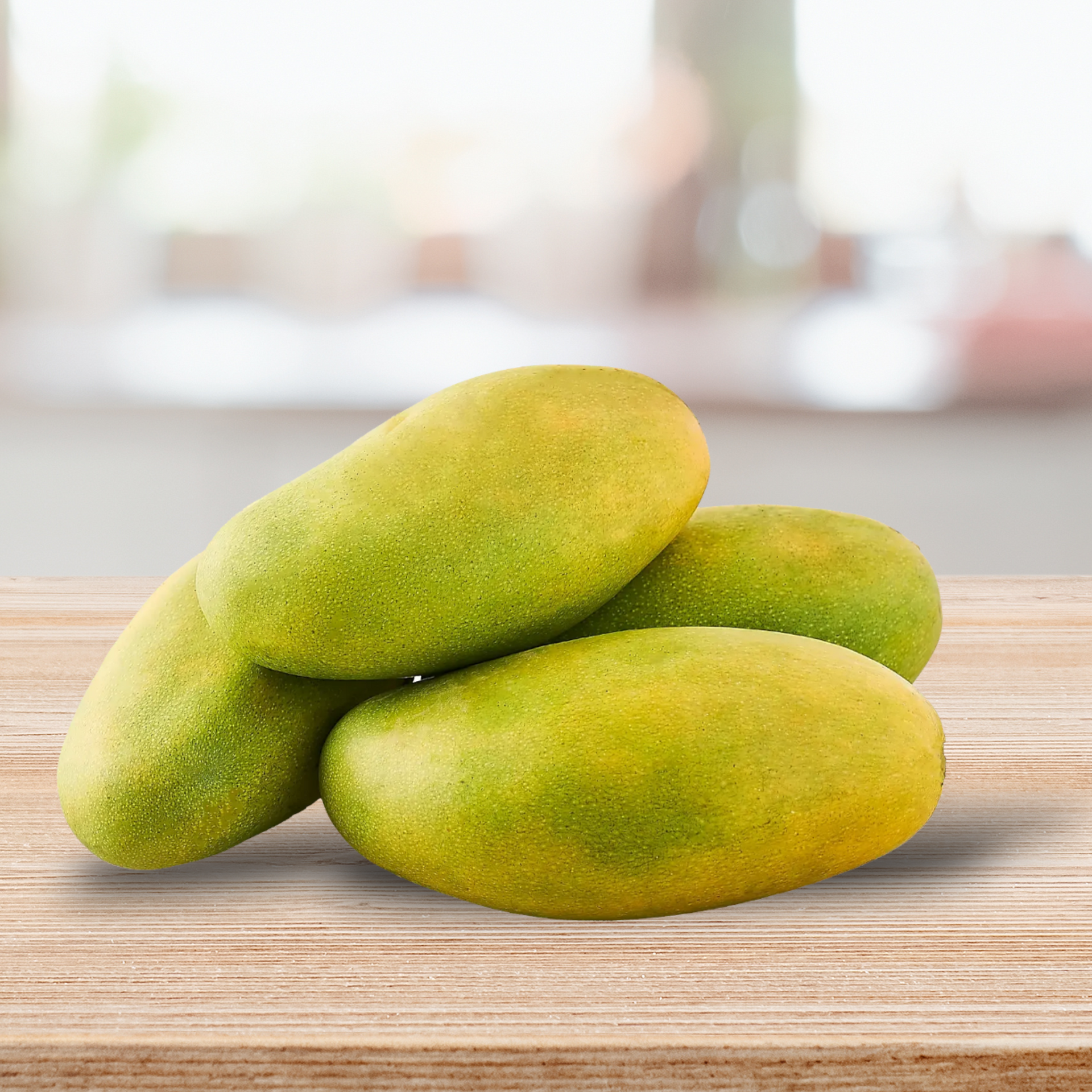

Exclusive Dusheri Mango Live Plant-Green Paradise Live
Rs. 474.00
Guaranteed Safe Checkout
Green Paradise Offers Exclusive Dusheri Mango Plant
Dussehri mango, also known as Dasheri mango, is a popular variety of mango that originated in the northern Indian state of Uttar Pradesh. It is one of the most widely grown and exported mango varieties in India. The name "Dussehri" is derived from the village named Dasheri, near Lucknow, where the variety was first cultivated.
Dussehri mangoes are known for their distinct flavor, sweetness, and aroma. They have a unique taste with a perfect balance of sweetness and slight tanginess. The mangoes are medium to large in size and have a kidney-shaped appearance. The skin is green when unripe and turns to a golden-yellow color when fully ripe. The flesh is juicy and fiberless, making it a delight to eat.
These mangoes are generally harvested in the months of June and July in India. They have a relatively short shelf life compared to some other mango varieties, but their taste and texture make them highly sought after. Dussehri mangoes are often eaten fresh, sliced, and served as a dessert or used in various culinary preparations like smoothies, shakes, salads, and chutneys.
The popularity of Dussehri mangoes has led to their cultivation in other parts of the world with suitable climates, such as Pakistan, Bangladesh, and some regions of Africa. The variety has gained international recognition and is exported to many countries, contributing to the global mango trade.
Dussehri mangoes are not only loved for their delicious taste but also for their nutritional benefits. They are a rich source of vitamins A, C, and E, as well as dietary fiber. Mangoes, in general, are known to have antioxidant properties and may provide several health benefits, including supporting immune function and promoting healthy digestion.
In summary, Dussehri mango is a renowned mango variety known for its exceptional flavor, fragrance, and juiciness. It is highly prized in India and worldwide, enjoyed both as fresh fruit and as an ingredient in various culinary creations.
Dussehri mangoes are known for their distinct flavor, sweetness, and aroma. They have a unique taste with a perfect balance of sweetness and slight tanginess. The mangoes are medium to large in size and have a kidney-shaped appearance. The skin is green when unripe and turns to a golden-yellow color when fully ripe. The flesh is juicy and fiberless, making it a delight to eat.
These mangoes are generally harvested in the months of June and July in India. They have a relatively short shelf life compared to some other mango varieties, but their taste and texture make them highly sought after. Dussehri mangoes are often eaten fresh, sliced, and served as a dessert or used in various culinary preparations like smoothies, shakes, salads, and chutneys.
The popularity of Dussehri mangoes has led to their cultivation in other parts of the world with suitable climates, such as Pakistan, Bangladesh, and some regions of Africa. The variety has gained international recognition and is exported to many countries, contributing to the global mango trade.
Dussehri mangoes are not only loved for their delicious taste but also for their nutritional benefits. They are a rich source of vitamins A, C, and E, as well as dietary fiber. Mangoes, in general, are known to have antioxidant properties and may provide several health benefits, including supporting immune function and promoting healthy digestion.
In summary, Dussehri mango is a renowned mango variety known for its exceptional flavor, fragrance, and juiciness. It is highly prized in India and worldwide, enjoyed both as fresh fruit and as an ingredient in various culinary creations.
How To Grow Dasheri Mango Plant
To grow a Dussehri Mango plant, which is a popular variety of mango, you will need to follow some basic steps.
Here's a guide to help you grow a Dussehri plant:
Climate and Location:
-
Ensure you live in a tropical or subtropical climate, as mango trees thrive in warm temperatures.
-
Choose a location with full sun exposure, as mango trees require at least 6 to 8 hours of direct sunlight daily.
-
To avoid waterlogging, make sure the planting area has well-draining soil.
Obtaining a Dussehri Mango Tree:
Purchase a grafted Dussehri mango tree from a reputable nursery or garden center. Grafted trees have better growth and fruit quality than those grown from seeds.
Planting the Tree:
-
Dig a hole that is wide and deep enough to accommodate the roots of the mango tree.
-
Remove the tree from its container carefully, without damaging the roots.
-
Place the tree in the hole, ensuring that the graft union (the swollen area near the base) is slightly above the soil level.
-
Backfill the hole with soil, gently pressing it down to remove air pockets.
-
Create a small mound around the base of the tree to aid in water retention.
Watering:
For the first few weeks, water the tree regularly to keep the soil consistently moist but not waterlogged. Once established, water deeply but infrequently, allowing the soil to dry out slightly between waterings.
Fertilization:
Apply a balanced slow-release fertilizer specifically formulated for fruit trees, following the manufacturer's instructions. Fertilize the tree during the growing season, typically from spring to early fall, avoiding excessive nitrogen during the fruiting period.
Pruning and Training:
- Prune the tree to maintain a desirable shape, remove dead or damaged branches, and promote airflow and light penetration.
- Remove any suckers that emerge from below the graft union, as they can negatively affect the tree's growth.
- Train the tree to have an open, spreading canopy to facilitate fruit production and harvesting.
Pests and Diseases:
- Monitor the tree regularly for pests like aphids, scales, or mango fruit flies. If an infestation occurs, use appropriate organic or chemical control methods.
- Watch out for common diseases such as powdery mildew or anthracnose. Apply fungicides if necessary, following the instructions on the product label.
Harvesting:
- Dussehri mangoes are usually ready for harvest from May to July, depending on your specific climate.
- The fruits should develop a golden yellow color and have a sweet aroma.
- Gently twist or cut the mature fruits from the tree, leaving a short stem attached.
Remember that growing mango trees from seed may not result in a Dussehri variety, as it won't retain the exact characteristics of the parent tree. Grafted trees offer a more reliable way to ensure you're growing a Dussehri mango plant.















